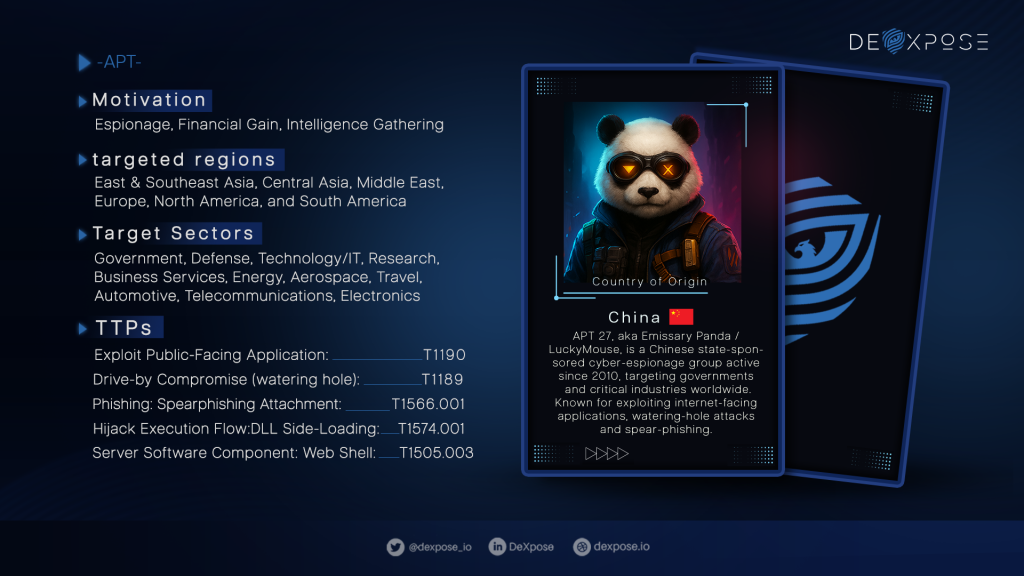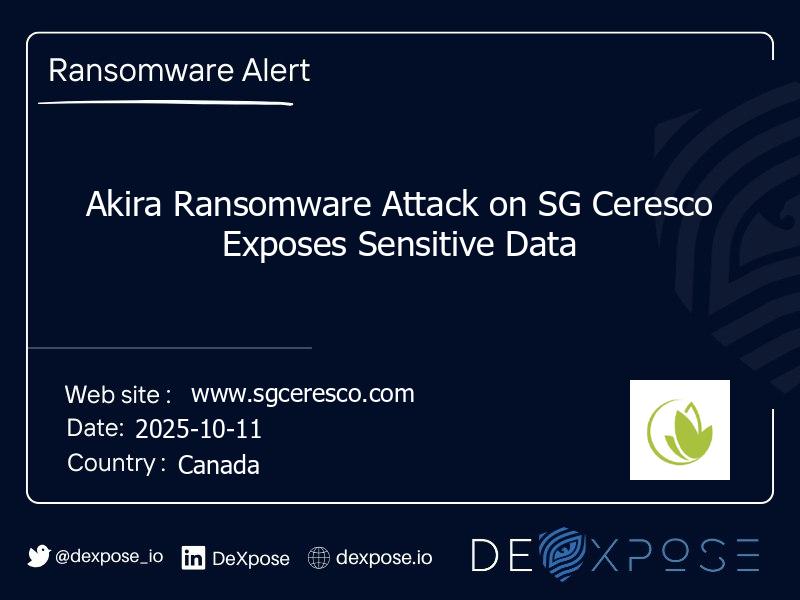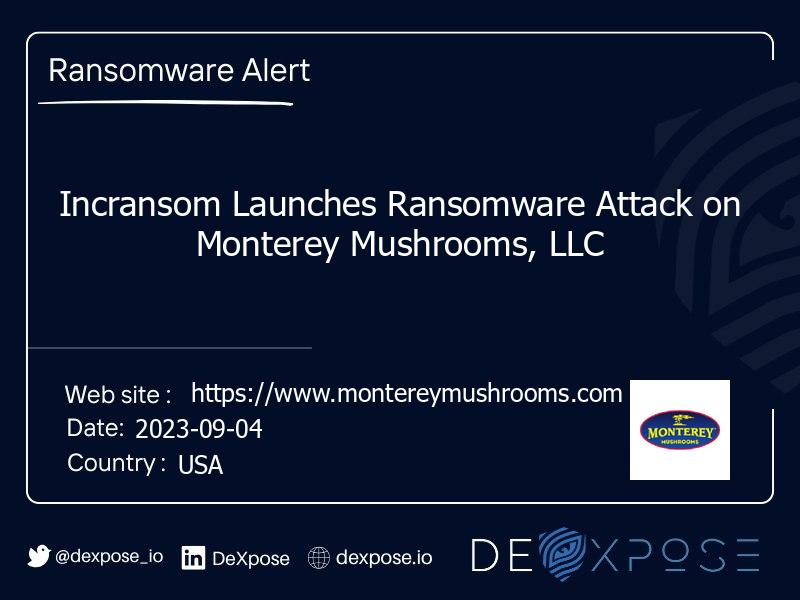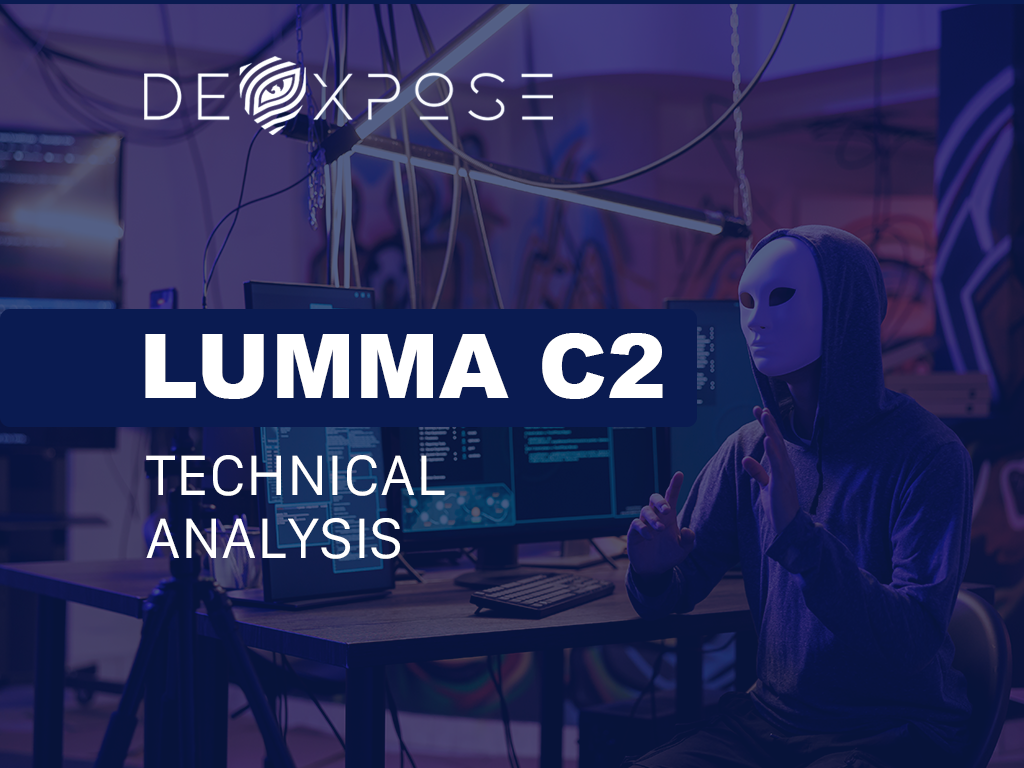In the digital age, safeguarding sensitive data is no longer just a best practice—it’s a necessity. Businesses and individuals alike face constant threats from cybercriminals, data leaks, and unauthorized access. Data Breach Monitoring is a proactive approach to identifying vulnerabilities, preventing data loss, and ensuring that sensitive information remains secure. By implementing continuous monitoring, organizations can detect threats early, minimize the effect of breaches, and maintain the trust of clients, employees, and partners. This guide explores the essential strategies, tools, and practices for securing your data effectively.
Why Data Breach Monitoring Is Essential Today
Every organization, from startups to global enterprises, holds valuable data that cybercriminals are keen to use. An unmarried leak can lead to significant financial loss, reputational damage, and regulatory penalties. Dexpsose’s Data Breach Monitoring ensures that potential threats are identified before they escalate, enabling organizations to act swiftly.
The Rising Threat Landscape
- The increasing sophistication of cyber attacks is targeting specific industries.
- Insider threats, including employee negligence and malicious actions.
- Dark web marketplaces where leaked data is bought and sold.
Cost of Delayed Detection
Delays in discovering a data breach can be catastrophic:
- Financial losses due to fraud and regulatory fines.
- Long-term reputational damage concerning customer trust.
- Legal implications, including potential lawsuits and compliance violations, are involved.
By adopting proactive monitoring, businesses can reduce these risks significantly.
Core Components of Effective Data Breach Monitoring
A robust Data Breach Monitoring program combines technology, process, and human expertise. Below are the core features every organization should integrate.
1. External Threat Intelligence and Dark Web Visibility
Monitoring external sources is critical to detecting leaked data. Threat intelligence tools scan forums, marketplaces, and public repositories to identify exposed credentials, intellectual property, or other sensitive information. Conducting a free dark web scan can supply an initial insight, but continuous monitoring ensures you are alerted to new threats in real-time.
2. Credentials Leak Detection
Stolen credentials are one of the most typical entry points for attackers. By integrating Credentials Leak Detection into security operations, organizations can:
- Identify compromised accounts quickly.
- Implement password resets and multi-factor authentication.
- Reduce the risk of account takeover.
3. Insider Threat Monitoring
Not all risks originate outside the organization. Insider Threat Monitoring helps detect suspicious behavior from employees or contractors, such as unusual data access or attempts to extract sensitive information. By analyzing user activity patterns, corps can prevent leaks before they escalate.
4. Brand Protection and Reputation Management
Cybercriminals often exploit brand identity for phishing and fraud. Brand Protection involves monitoring for domain abuse, impersonation attempts, and malicious campaigns targeting your brand. Early detection protects reputation and builds customer confidence.
How Data Breach Monitoring Works

Understanding the workflow of a monitoring system helps organizations appreciate its value.
- Data Collection : Automated crawlers gather information from open web sources, forums, marketplaces, and paste sites.
- Detection Algorithms : Patterns in the collected data are analyzed to flag potential leaks.
- Validation : Analysts verify the genuineness of flagged data to reduce false positives.
- Alerting & Response : Critical threats trigger notifications and remediation actions such as credential resets, account lockdowns, or takedown requests.
This layered approach ensures that monitoring is both accurate and actionable.
Practical Steps to Implement a Monitoring Program
Implementing an adequate program requires careful planning and execution.
- Identify Critical Assets : Classify sensitive data and select high-risk systems.
- Baseline Assessment : Conduct an initial free dark web scan to determine existing exposure.
- Select the Right Tools : Evaluate vendors based on coverage, accuracy, and integration capabilities.
- Integrate Identity Controls : Connect monitoring alerts to multi-factor authentication and password management systems.
- Develop an Incident Playbook : Define triage, containment, and communication procedures.
- Train Teams : Conduct tabletop exercises to test incident readiness and coordination.
Quick Wins for Immediate Protection
- Enforce multi-factor authentication across all versions.
- Enable alerts for domain and brand mentions to detect phishing or impersonation attempts.
- Conduct regular credential checks and force resets for compromised accounts.
Key Considerations When Choosing a Monitoring Vendor
Selecting the right provider is critical for an effective program. Consider the following:
- Data Coverage : Ensure monitoring extends to dark web sources, forums, marketplaces, and code holds.
- Accuracy and Verification : Confirm how the vendor reduces false positives and validates alerts.
- Response Assistance : Check if they assist with takedown requests, forensic analysis, or legal information.
- Privacy and Compliance : Ensure the vendor adheres to data protection regulations when processing monitoring data.
- Brand Protection : Verify their capabilities in detecting impersonation, phishing domains, and typo-squatting.
Measuring the Effectiveness of Monitoring
To gauge success, focus on actionable KPIs:
- Mean Time to Detect (MTTD) and Mean Time to Respond (MTTR).
- Number of compromised credentials remediated.
- Reduction in the number of exposed sensitive records over time.
- There are time and cost savings from automated monitoring compared to manual processes.
Common Pitfalls and How to Avoid Them
- Alert Fatigue : Customize alerts to focus on high-risk data and reduce noise.
- Lack of Response Planning : Detection without action is ineffective; develop and test incident retort plans.
- Ignoring Insider Risks : Include monitoring for internal threats to prevent malicious or accidental leaks.
- Neglecting Remediation : Prompt action, like patching vulnerabilities and enforcing password changes, is crucial.
Four Practical Recommendations
- Integrate monitoring alerts into your SIEM or ticketing system for automated workflows.
- Conduct free dark web checks initially but rely on continuous monitoring for comprehensive protection.
- Immediately rotate exposed credentials and enforce MFA where possible.
- Conduct quarterly tabletop exercises involving IT, legal, and PR teams to assess readiness for trademark protection.
Example High-Level Incident Playbook

- Triage : Validate leaks, assess scope, and classify sensitivity.
- Containment : Reset credentials, revoke access, and isolate affected systems.
- Notification : Inform legal teams, management, and affected stakeholders as required.
- Remediation & Review : Patch vulnerabilities, strengthen controls, and document lessons learned.
Future Trends
As cyber threats evolve, monitoring strategies will even advance:
- AI-Powered Detection : Machine learning algorithms will identify emerging threats faster.
- Integration with Threat Intelligence : Correlating external intelligence with internal logs for richer insights.
- Behavioral Analytics : Detecting oddities in user behavior to prevent insider threats.
- Automated Remediation : Immediate action on detected leaks, reducing manual intervention.
Frequently Asked Questions
1. How quickly can Data Breach Monitoring detect leaks?
The speed of detection depends on the monitoring system, data sources, and coverage level. Top solutions can identify and alert on high-risk leaks within hours. Continuous monitoring ensures that new exposures are caught as soon as they appear, significantly reducing the window of vulnerability.
2. Can free dark web scans fully protect my organization?
Free dark web scans provide a valuable snapshot of potential leaks but are limited in scope and frequency. They can reveal existing exposures but cannot replace continuous monitoring. For complete protection, organizations need ongoing scans combined with automated alerts and incident response procedures.
3. Does insider threat monitoring replace traditional security measures?
No, insider threat monitoring is designed to complement existing security controls rather than replace them. It focuses on detecting unusual or malicious internal activity. When merged with strong access controls, multi-factor authentication, and security awareness training, it dramatically enhances overall organizational security.
4. Will monitoring identify previously leaked credentials?
Yes, many advanced monitoring solutions maintain historical databases of breaches and leaked credentials. This allows organizations to check if employee emails, passwords, or other sensitive data have appeared in past incidents. Early detection enables immediate remediation before attackers can exploit the information.
5. What’s the first step for organizations with limited budgets?
Organizations with limited resources should start by creating a complete inventory of sensitive assets. Next






